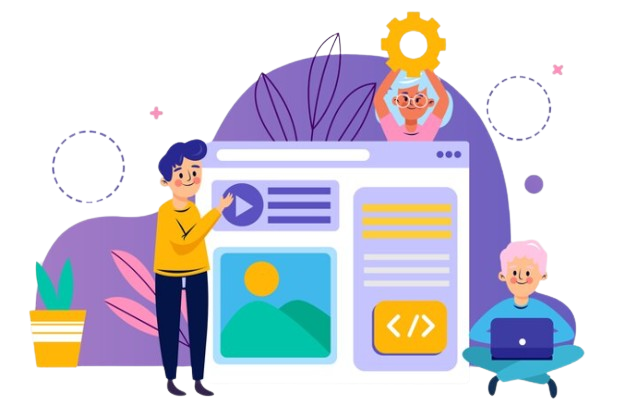Web animation is a powerful tool that can enhance user engagement, convey information effectively, and create memorable browsing experiences. As web animation trends continue to evolve, companies which offers web services, will play a crucial role in helping businesses stay ahead of the curve and create compelling websites that captivate users.
In today’s digital age, websites are not just static pages but dynamic experiences that engage users. Web animation plays a crucial role in creating these engaging experiences by adding life, personality, and interactivity to websites. Let’s explore the latest trends in web animation and how they are transforming the web design landscape.
The Power of Web Animation
It involves the use of motion and visual effects to enhance user experience and convey information effectively. It can be used to draw attention to important elements, provide feedback on user actions, and create a more immersive browsing experience.
Key Benefits of Web Animation
One of the key benefits of this animation is its ability to improve user engagement. Animated elements can capture users’ attention and encourage them to interact with the website. Additionally, this animation can help convey complex information in a more digestible format, making content more accessible and engaging.

Popular Techniques
Some popular web animation techniques include parallax scrolling, hover animations, and loading animations. Parallax scrolling creates a sense of depth by moving different layers of content at different speeds. Hover animations add interactivity to elements that respond to mouse movements while loading animations provide visual feedback to users while content is loading.
Emerging Trends
- Micro-Interactions
Micro-interactions are subtle animations that occur in response to user actions, such as clicking a button or hovering over an element. These small animations can enhance user feedback and make interactions more intuitive.
- 3D Effects
With advancements in website technologies like CSS3 and WebGL, designers are increasingly incorporating 3D effects into this animation. These effects can create a more immersive and visually stunning browsing experience.
- Storytelling
This animation is also being used to tell stories and guide users through a website’s content. By using animation to create a narrative, designers can engage users and keep them interested in exploring further.
Implementing Web Animation
To implement this animation, designers need to have a solid understanding of animation principles and how they apply them to website design. They also need to consider factors like performance and accessibility to ensure that animations enhance, rather than detract from, the user experience.
The Future of Web Animation
As web technologies continue to evolve, the future of this animation looks promising. Advances in AI and machine learning may enable more personalized and dynamic animations based on user behavior. Additionally, the growing popularity of VR and AR technologies may lead to new and innovative ways of incorporating animation into website design.
Conclusion
Web animation is a powerful tool that can enhance user engagement, convey information effectively, and create memorable browsing experiences. As this animation trends continue to evolve, companies like tanbits, which offers website services, will play a crucial role in helping businesses stay ahead of the curve and create compelling websites that captivate users. Embracing this animation is not just about adding visual flair to websites; it’s about creating meaningful interactions that leave a lasting impression.
BACK










